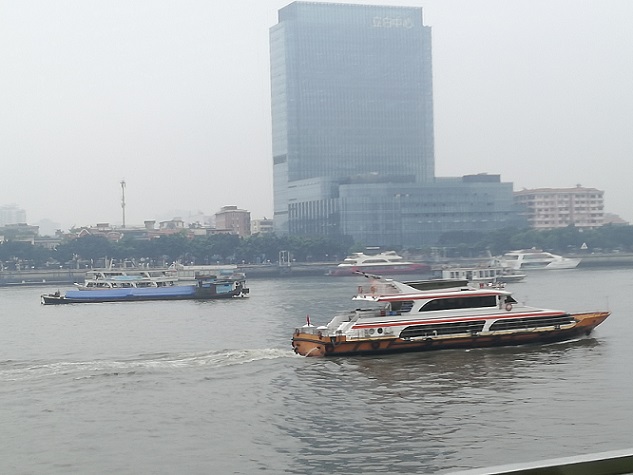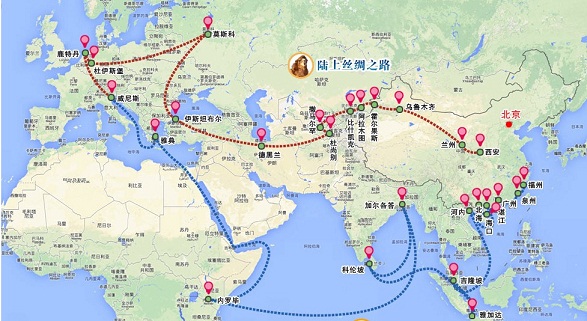
GUANGZHOU,China –To underscore the ties that deeply bind the people of this bustling city and the Filipinos, Deputy Director General Luo Jun of Guangdong Province Foreign Affairs Office cites that the Manila-Guangzhou flight takes only one hour and 45 minutes, same as Manila-Davao, while Guangzhou to Beijing takes three hours.
The nearness of Manila to Guangzhou and to nearby provinces of Fujian and Shenzhen is very much relevant to the One Belt-One Road initiative, an ambitious project unveiled by Chinese President Xi Jinping in 2013 with an initial fund of $40 billion that will re-create the ancient Silk Route that connected China and Europe as far back as 100 B.C.
On May 14 and 15, 28 world leaders, including Russian President Vladimir Putin and President Rodrigo Duterte or their representatives will gather in Beijing to provide impetus to the project that is mindboggling in its scope and possibilities.
